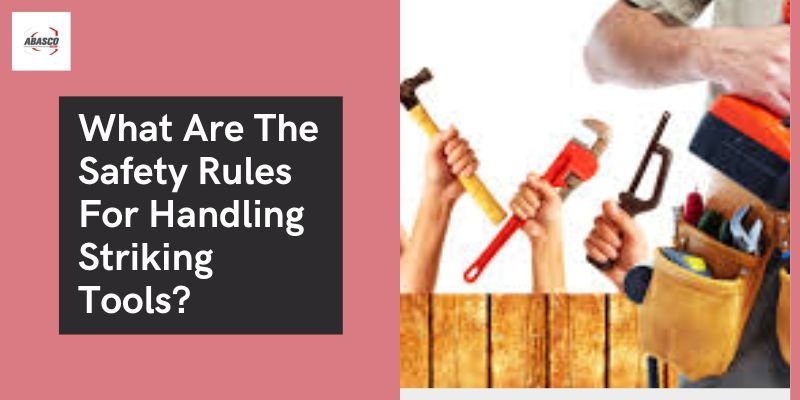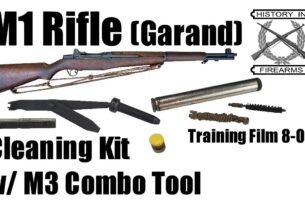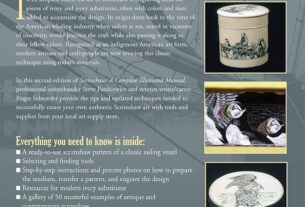Are you looking for the perfect tool that can help you with your DIY projects? Look no further than striking tools. These tools are essential for anyone who enjoys working with their hands, whether it’s for simple repairs or major construction work. In this article, we’ll take a closer look at what striking tools are, how they work, and the different types of striking tools available.
What Are Striking Tools?
Striking tools are hand-held tools designed for pounding or striking objects. They are typically used in construction, woodworking, metalworking, and other manual labor industries. These tools are perfect for tasks such as demolition, driving nails or spikes, breaking concrete, and shaping metal.
Types of Striking Tools
There are many different types of striking tools available on the market today, each designed for a specific purpose. Below is a list of some common types of striking tools:
1. Hammers
Hammers are one of the most common types of striking tools. They come in various sizes and shapes and are used for a wide range of tasks such as driving nails or removing them from wood.
2. Sledgehammers
Sledgehammers are larger and heavier than regular hammers and are used for more heavy-duty tasks such as breaking concrete or driving fence posts.
3. Mauls
Mauls are similar to sledgehammers but have a shorter handle and a wider head. They’re commonly used in landscaping tasks such as splitting logs or chopping wood.
4. Axes
Axes are used for cutting trees or chopping firewood. They have a sharp blade on one end and a handle on the other.
5. Pry Bars
Pry bars are used for prying apart objects like wood planks or opening crates.
6. Chisels
Chisels have a sharp edge and are used for carving wood or stone.
7. Punches
Punches are used for making holes in metal or leather.
How Do Striking Tools Work?
Striking tools work by transferring the force of a blow from the user’s hand to an object. When the user swings the tool and strikes an object, the energy from the swing is transferred to the object, causing it to move or break.
When using striking tools, it’s important to follow proper safety guidelines. Always wear appropriate protective gear such as safety goggles and gloves, and make sure you have a firm grip on the tool before swinging.
Tips for Using Striking Tools
1. Choose the right tool for the job
Make sure you’re using the right type of striking tool for the task at hand. Using the wrong tool can cause damage to both the tool and the object you’re working on.
2. Hold the tool correctly
Always hold striking tools with both hands if possible, and keep your fingers away from any moving parts.
3. Use proper technique
When swinging striking tools, use your whole body to generate power rather than just your arms. This will help prevent injury and increase efficiency.
4. Keep tools sharp
Keeping your striking tools sharp is essential for their effectiveness and longevity. Dull tools can cause injury and are less efficient.
In Conclusion
Striking tools are an essential part of any DIY enthusiast or manual laborer’s toolkit. They come in many different shapes and sizes, each designed for a specific purpose. When using these tools, always follow proper safety guidelines and choose the right tool for the job at hand.
References:
https://en.wikipedia.org/wiki/Hand_tool
https://www.familyhandyman.com/list/12-essential-hand-tools-for-a-pro-grade-workshop/
https://www.toolstop.co.uk/blog/a-guide-to-types-of-hammers/
https://www.popularmechanics.com/home/tools/reviews/g2999/best-hammers/
https://www.bunnings.com.au/diy-advice/home-improvement/tools-and-skills/how-to-choose-the-right-hammer




